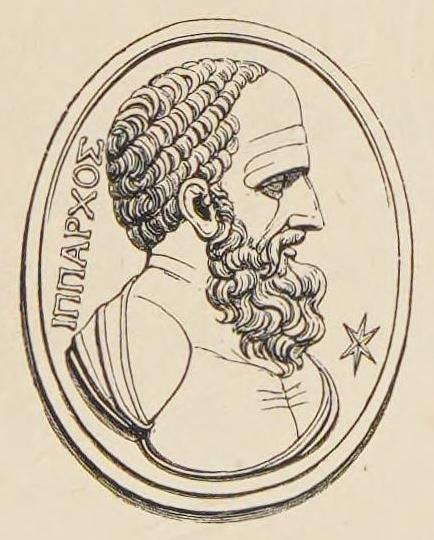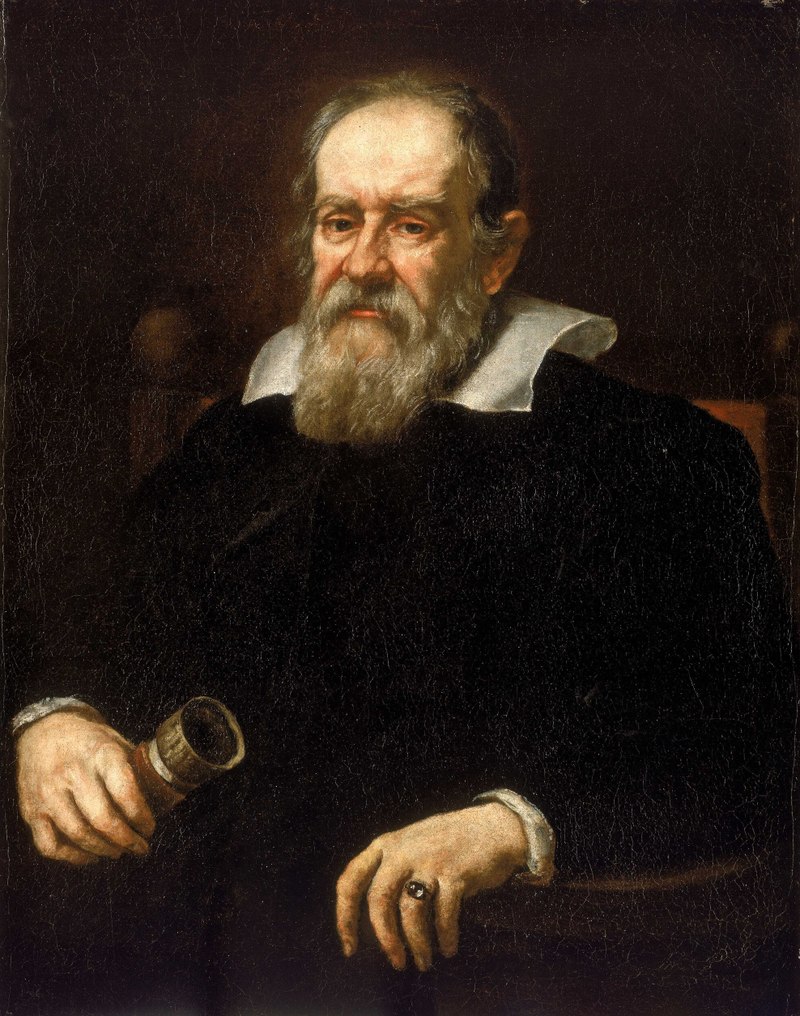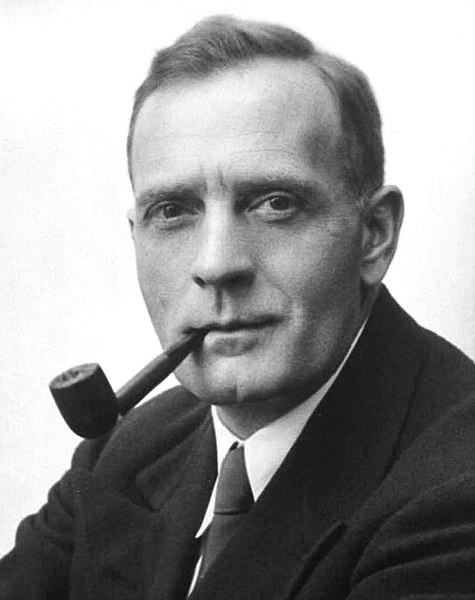You might not realize that the history of astronomy is not just about the discovery of planets and stars, but it’s also deeply intertwined with the evolution of our understanding of time, space, and our place in the universe. From the ancient astronomers who first charted the stars, to the pioneers who proposed revolutionary theories that challenged our perceptions, each has contributed a piece to the vast puzzle of the cosmos.
As we explore the legacies of these remarkable individuals, consider how their discoveries have not only expanded our knowledge but also transformed how we view our world and beyond. What will you find most surprising about their stories?
Ancient Astronomy Pioneers
The ancient pioneers of astronomy, such as Hipparchus, Claudius Ptolemy, and Hypatia, revolutionized our understanding of the stars and laid the groundwork for modern celestial studies. Hipparchus, an ancient Greek astronomer, wasn’t just content with gazing at the night sky; he meticulously cataloged the positions of 850 stars and unearthed the precession of the equinoxes. His efforts didn’t just expand the early understanding of celestial phenomena; they set a foundation for astronomical precision.
Then there’s Ptolemy, whose name echoes through the ages primarily due to his seminal work, the Almagest. This 2nd-century astronomer championed the geocentric model, placing Earth at the universe’s center. His geocentric model, controversial as it may be today, was a cornerstone in the development of astronomical theory, influencing centuries of thought.
Hypatia, a beacon of knowledge in ancient Alexandria, not only edited Ptolemy’s Almagest but also contributed to mathematics and astronomy. Her work ensured the survival and continued relevance of ancient mathematical techniques and star cataloging methods.
Together, these pioneers’ contributions were instrumental in shaping the rudimentary frameworks of celestial navigation and understanding, cementing their legacy in the annals of astronomy.
The Copernican Revolution
Building on the foundations laid by ancient astronomers, Nicolaus Copernicus’s heliocentric model dramatically shifted our understanding of the solar system. You’ve likely heard of Copernicus, the man who dared to place the Sun, not Earth, at the center of our solar system. This revolutionary idea, detailed in his book ‘De Revolutionibus Orbium Coelestium’, published in 1543, challenged the long-standing geocentric view that Earth was the universe’s center.
Copernicus’s heliocentric model offered a simpler explanation for the complex movements of celestial bodies, fundamentally altering the course of astronomy. This was the beginning of the Copernican Revolution, a period marked by a profound reevaluation of our place in the cosmos. His work laid the groundwork for future astronomical advancements, making it possible to predict planetary motion with greater accuracy.
The Copernican Revolution didn’t just change the field of astronomy; it transformed humanity’s perspective on the universe. By proving that Earth was not the center of everything, Copernicus opened the door to viewing celestial phenomena from a new vantage point, enabling subsequent generations to make further discoveries that have continued to shape our understanding of the universe.
Galileo’s Telescopic Discoveries
Galileo Galilei’s groundbreaking use of the telescope revealed mysteries of the cosmos that had remained hidden to the naked eye, revolutionizing our understanding of the universe. You’ve probably heard about his telescopic discoveries, but let’s immerse ourselves into why they’re so pivotal. Galileo didn’t just look up; he saw further and more clearly than anyone before him, challenging the very foundation of astronomical beliefs.
First off, he discovered the moons of Jupiter, proving that not all celestial bodies revolve around the Earth. This was a huge deal because it supported the heliocentric model proposed by Copernicus, suggesting that Earth and other planets revolve around the sun. Then, he observed the phases of Venus, further backing this model, and shaking the core of previous astronomical thinking.
But Galileo didn’t stop there. He spotted Saturn’s rings, although he couldn’t fully discern their nature, and observed sunspots, showing that the sun, a celestial body, was not unchangeable as previously thought. These observations were critical in demonstrating the dynamic and changing nature of the universe, paving the way for a new understanding of celestial bodies and their motions. Galileo’s work fundamentally changed how we see the universe, highlighting the power of observation and the importance of challenging established beliefs.
Kepler and the Laws of Planetary Motion
As you explore the domain of astronomy further, understanding how Johannes Kepler’s formulation of the three laws of planetary motion fundamentally changed our grasp of the universe’s workings is important. Kepler, through his meticulous observations and mathematical prowess, revolutionized our understanding of how planets move through space.
His first law broke from the ancient belief in perfect circular orbits, revealing that planets travel in elliptical paths around the sun, with the sun positioned at one focus of the ellipse. This insight into elliptical orbits was groundbreaking. Then, Kepler’s second law, the law of equal areas, further refined our understanding of planetary motion. It states that a planet sweeps out equal areas in equal times, meaning a planet moves faster when it’s closer to the sun and slower when it’s farther away.
Lastly, Kepler’s third law established a clear mathematical relationship between a planet’s orbital period and its distance from the sun. This law laid the groundwork for celestial mechanics, providing a formula that could predict planetary positions with remarkable accuracy.
Together, Kepler’s laws of planetary motion transformed how we view the cosmos, turning what was once an arcane mystery into a domain ruled by predictable and understandable laws.
Newton’s Laws and Universal Gravitation
After exploring Kepler’s revolutionary laws of planetary motion, let’s now turn our attention to Isaac Newton, who further unraveled the mysteries of the cosmos with his laws of motion and the theory of universal gravitation. Newton’s keen insights into the forces between objects not only transformed our view of the physical world but also laid the groundwork for modern physics and astronomy.
- Isaac Newton’s Three Laws of Motion: These laws describe how objects move and interact with each other, forming the basis for classical mechanics.
- Universal Gravitation Theory: This groundbreaking theory explains the force of attraction between all masses, revealing why celestial bodies orbit the way they do.
- The Impact on Astronomy: Newton’s work provided the tools to predict the motion of planets and comets with remarkable accuracy, enhancing our understanding of the universe.
- Foundation for Modern Physics: His contributions created the platform upon which much of modern physics is built, influencing countless discoveries and technologies.
- A New View of the Cosmos: By connecting the heavens and the earth through his laws, Newton showed that the same physical principles govern both, unifying our understanding of the cosmos.
Newton’s contributions remain pivotal, constantly fueling your curiosity and expanding your grasp of the universe.
The Herschels and Stellar Astronomy
Venturing beyond the contributions of Newton, we’ll now explore the significant impact the Herschels had on stellar astronomy, shedding light on celestial bodies and phenomena that were once shrouded in mystery. You’ll find that William Herschel’s discovery of Uranus and infrared radiation dramatically expanded our understanding of the solar system and the electromagnetic spectrum. Meanwhile, Caroline Herschel wasn’t just assisting; she was a formidable astronomer in her own right, finding comets and the dwarf galaxy Messier 110.
The Herschel siblings’ collaboration led to thorough deep-sky surveys and numerous scientific studies. Their work in cataloging the heavens laid foundational knowledge for future astronomers.
Here’s a snapshot of their contributions:
| Contributor | Discoveries & Contributions |
|---|---|
| William Herschel | Uranus, its moons, Infrared radiation |
| Caroline Herschel | Comets, Messier 110 |
| Herschel Siblings | Deep-sky surveys, Scientific studies |
| Related Discovery | Henrietta Swan Leavitt’s work on Cepheid variables, Period-luminosity relationship |
This collective exploration into stellar variability and the introduction of methods to measure astronomical distances have paved the way for understanding the vastness of space, allowing us to grasp the scale of our universe like never before.
Edwin Hubble and the Expanding Universe
Edwin Hubble fundamentally changed our understanding of the cosmos by discovering that galaxies are moving away from us, suggesting an ever-expanding universe. When he observed the redshift in the light coming from these galaxies, he provided concrete evidence that they are receding. This observation led Hubble to formulate Hubble’s Law, which established a relationship between the velocity of recession of galaxies and their distance from us. His work laid the groundwork for the Big Bang theory, revolutionizing our concept of the universe’s origins.
Here’s why you’ll enjoy learning about Edwin Hubble and his contributions:
- *He turned the notion of a static universe on its head*, introducing the idea of an expanding cosmos.
- *Hubble’s Law* remains a cornerstone in cosmological studies, aiding scientists in understanding the universe’s expansion rate.
- His discoveries *paved the way for the Big Bang theory*, a pivotal moment in astronomy.
- The *Hubble Space Telescope*, named in his honor, continues to uncover the mysteries of the universe.
- Through his work, Hubble *connected galaxies’ motion to the fabric of the cosmos*, expanding our cosmic horizons.
Edwin Hubble’s legacy endures, reminding us of the ever-evolving nature of our universe.
Modern Observational Astronomers
Building on the groundbreaking work of Edwin Hubble, modern observational astronomers have continued to unravel the mysteries of the cosmos with remarkable discoveries. You’ve probably heard of William Herschel, the pioneer who cataloged over 2,500 deep-sky objects and even discovered Uranus, along with two of Saturn’s moons and features on Mars. His work laid the foundation for understanding the vastness of the universe beyond our solar system.
Following Herschel’s footsteps, Henrietta Swan Leavitt uncovered the relationship between a star’s brightness cycle and its absolute magnitude, a breakthrough that now enables astronomers to calculate the distances to stars and galaxies far beyond our immediate cosmic neighborhood. Then there’s Annie Jump Cannon, who meticulously classified around 350,000 stars using the Harvard spectral system. Her development of a star classification system based on temperature, color, and brightness revolutionized our understanding of stellar properties.
George Ellery Hale wasn’t far behind, as he established both the Yerkes and Mount Wilson Observatories. There, he built the largest refractor and reflector telescopes of his time, tools that were vital for the astronomical observations leading to significant discoveries like Hubble’s Law, which illuminated the expanding universe. These figures, Herschel, Leavitt, Cannon, and Hale, alongside Hubble, have shaped modern observational astronomy, pushing the boundaries of our cosmic knowledge.
Theoretical Astronomers and Cosmologists
Albert Einstein revolutionized our understanding of the universe with his theory of general relativity and the iconic equation E=mc². Theoretical astronomers and cosmologists, including legends like Stephen Hawking, have built upon these foundations to explore the vastness of space, the intricacies of time, the mysteries of black holes, and the origins of our cosmos. Their work bridges the gap between the macroscopic laws of general relativity and the microscopic rules of quantum theory, offering insights into the fundamental structure and dynamics of the universe.
To truly appreciate the contributions of these intellectual giants, consider the following:
- Theoretical astronomers explore the universe’s laws through mathematical and theoretical frameworks.
- Cosmologists like Stephen Hawking have significantly advanced our understanding of black holes and the cosmos.
- Einstein’s theories on space and time have fundamentally changed how we perceive the universe.
- The interplay between general relativity and quantum theory is essential for understanding the universe’s evolution.
- The work of theoretical astronomers and cosmologists is vital in shaping our understanding of the universe’s structure and dynamics.
These pioneers have not only expanded our knowledge of the universe but also challenged us to think beyond the confines of our planet, inspiring countless others to explore the cosmos.
Conclusion
Throughout history, you’ve seen how astronomers from ancient pioneers to modern cosmologists have reshaped your understanding of the universe. From Copernicus’s revolutionary heliocentric model to Hubble’s discovery of the expanding universe, each has contributed uniquely to your cosmic knowledge. Remember, it’s their curiosity and dedication that have illuminated the mysteries of the cosmos, inspiring you to look up and wonder. Who knows? You might be the next to discover secrets of the stars.




